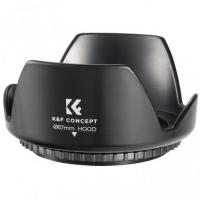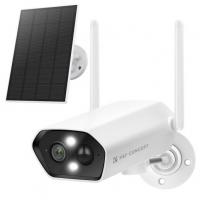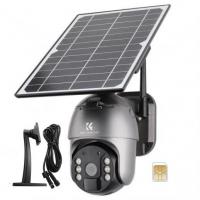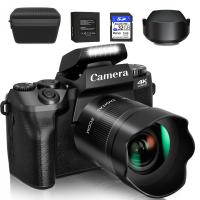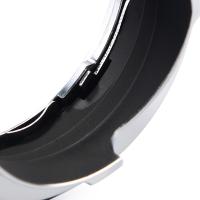How To Find Tiny Hidden Cameras?
In a world increasingly intertwined with technology, privacy concerns have taken on new dimensions. Tiny hidden cameras, once considered espionage tools, are now alarmingly accessible. They can be discreetly placed in homes, hotels, rental properties, and public spaces, raising significant concerns for personal privacy. This article dives deep into practical, effective ways to detect these hidden devices, ensuring peace of mind in an increasingly surveillance-prone environment.
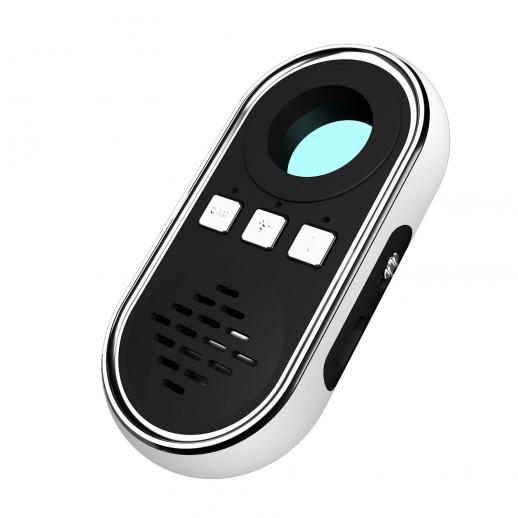
Why Are Tiny Hidden Cameras a Concern?
Hidden cameras can be placed almost anywhere, often disguised as innocuous objects like smoke detectors, chargers, clocks, or even screws. They are primarily used for monitoring or surveillance, which can become a serious privacy breach when done without consent. Detecting them is crucial, especially in unfamiliar environments like vacation rentals, hotel rooms, or even workplaces.
---
Key Areas to Check for Hidden Cameras
Hidden cameras are often strategically placed to capture activity without drawing attention. When searching for hidden cameras, start with the most likely spots:
1. Bedrooms and Bathrooms:
These are the most sensitive areas where cameras might be installed to capture private moments.
2. Ceilings and Walls:
Look for objects like smoke detectors or wall hangings that could conceal a camera lens.
3. Power Outlets and Electronic Devices:
Chargers, USB ports, and power adapters can house tiny cameras.
4. Household Items:
Clocks, pens, mirrors, and other common items are often modified to hold surveillance equipment.
5. Vents and Lights:
Air vents and light fixtures offer concealed vantage points for hidden cameras.
---
Techniques to Detect Hidden Cameras
Detecting tiny hidden cameras requires a combination of observational skills and tools. Below are the most effective methods:
1. Physical Inspection
- Spot Unusual Objects: Examine your surroundings carefully for items that look out of place or have visible lenses.
- Look for Small Holes or Gaps: Cameras often require a clear line of sight. Check for pinhole openings in objects.
- Test Suspicious Items: If you encounter an item that seems unusually heavy or doesn’t function as it should, it might house a hidden camera.
2. Use Technology
Modern technology offers several tools to aid in detecting hidden cameras:
- Camera Detector Apps: Numerous smartphone apps claim to identify hidden cameras by detecting electromagnetic signals or infrared lights.
- Infrared Detection: Most cameras use infrared for night vision. By turning off lights and using your phone camera, you may spot faint red or white lights emanating from a hidden device.
- Wi-Fi Network Scanners: Many cameras connect to local networks. Tools like Fing can scan for unusual devices on the Wi-Fi network.
3. Check for Reflections
Hidden camera lenses reflect light differently from other surfaces. Use a flashlight to sweep across the room, focusing on shiny spots that don’t match the surrounding material.
4. Radio Frequency (RF) Detectors
RF detectors can pick up signals from transmitting cameras. Sweep the room with an RF detector to identify active recording devices.
5. Professional Assistance
If you suspect hidden surveillance but cannot locate the source, hiring professionals with advanced detection equipment is advisable. They use thermal imaging and high-frequency scanners for a more thorough sweep.
---
Practical Steps to Ensure Privacy
Even after ensuring a room is camera-free, taking proactive steps to maintain your privacy is crucial.
1. Cover Potential Viewpoints:
Use tape or sticky notes to cover suspicious devices or reflective surfaces.
2. Limit Personal Exposure:
In questionable environments, avoid engaging in private activities that could be captured.
3. Use Signal Jammers:
While regulated in some regions, signal jammers can disrupt transmissions from cameras.
4. Enhance Your Knowledge:
Educate yourself about commonly used hidden camera designs and features to stay ahead.
---
Understanding Legal Implications
Hidden cameras occupy a gray area in legal jurisdictions. Understanding what is permissible and what constitutes a breach of privacy can help victims take appropriate action:
- Personal Use: Recording in private spaces without consent is illegal in most countries.
- Public Areas: Surveillance is often permitted in public spaces but not where individuals have a reasonable expectation of privacy, like bathrooms or dressing rooms.
- Take Legal Action: If you find unauthorized cameras, report the incident to law enforcement immediately.
---
Real-Life Scenarios and Solutions
1. Scenario 1: A Suspicious Hotel Room
You check into a hotel room and feel uneasy about certain devices. A quick inspection reveals an unusual smoke detector. By shining a flashlight, you spot a reflection from a hidden lens.
Solution: Notify hotel management immediately and document your findings. Relocate if possible.
2. Scenario 2: Rental Property Concerns
A vacation rental listing seems too good to be true. On arrival, you scan the property with a Wi-Fi network scanner and detect an unidentified device.
Solution: Disconnect from the network and contact the rental platform for assistance. Avoid discussing sensitive topics in the space.
3. Scenario 3: Workplace Surveillance
A coworker suspects hidden cameras in the office restroom. Physical inspection and RF detectors confirm the presence of devices.
Solution: Report the incident to HR or legal authorities. Employees have a right to privacy in sensitive areas.
---
Proactive Habits for Long-Term Safety
1. Learn Common Hiding Spots: Familiarize yourself with popular concealment techniques and tools to stay vigilant.
2. Invest in Detection Tools: Keep an RF detector or infrared flashlight for frequent travel or new environments.
3. Advocate for Privacy: Raise awareness about surveillance risks and promote ethical technology use in your community.
---
Conclusion
Detecting tiny hidden cameras is a vital skill in the modern age. Whether traveling, renting, or simply safeguarding your home, staying aware and prepared ensures your personal privacy remains intact. By combining observational skills with technological tools, you can effectively identify hidden surveillance devices and protect yourself from potential threats. Prioritize your privacy, educate yourself on the risks, and act decisively when you encounter potential breaches.


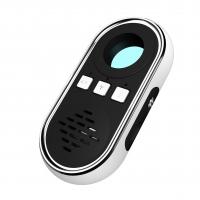
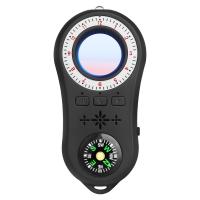
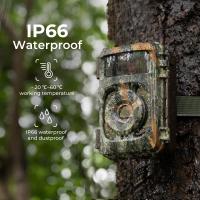


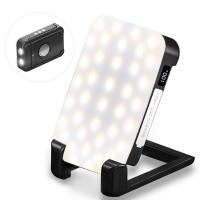
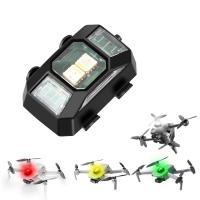

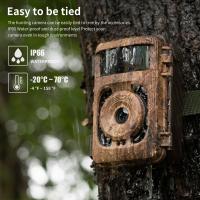

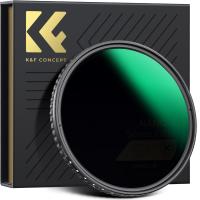
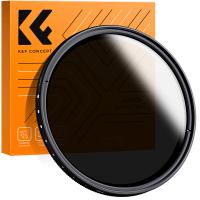
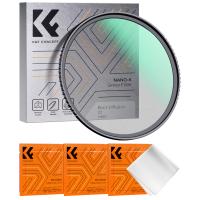

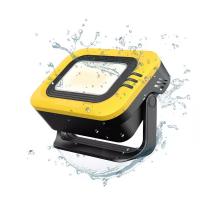

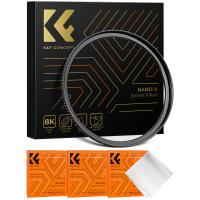

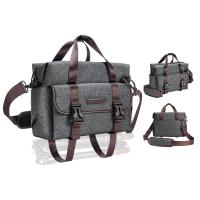
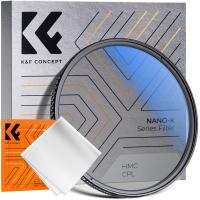
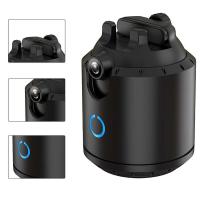

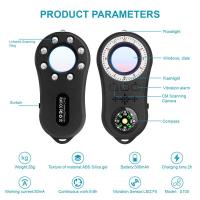

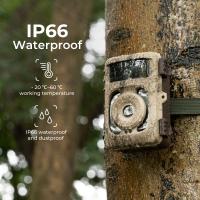
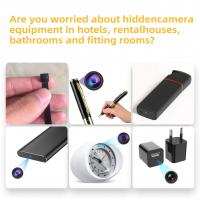
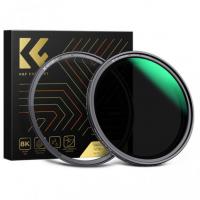
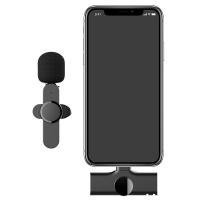
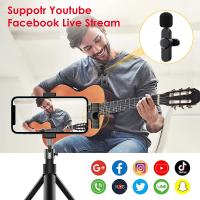
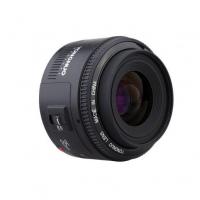
-200x200.jpg)
